Is STEM Education Working Especially for Women?
By Barbara Mader
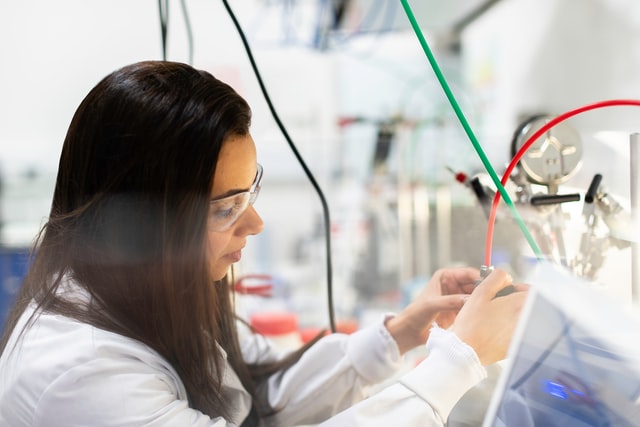 Photo by ThisisEngineering RAEng on Unsplash
Photo by ThisisEngineering RAEng on Unsplash
STEM education remains in the spotlight 25 years after the term first emerged. Coined in the 1990s by the National Science Foundation, the acronym is applied to any curricula, event, policy or education program addressing Science, Technology, Engineering or Math. Most often it references Science and Math, but all four areas have become hot topics in the general education of K-12 students. The emphasis carries through to higher education and beyond, seeking to prepare young adults to assume 21st century worthy jobs. Anticipated areas of need include employees who are interactive as problem solvers, researchers, designers, and engineers.
- 0 Comments
- Oct 20, 2020 10:00:00 AM
- Posted by Natalia Galvis
- Topics: Robotics, STEM, students, Technology, STEMchat, WomeninSTEM, Edchat, online, lessons
How can Robotics bring STEM Learning to Life?
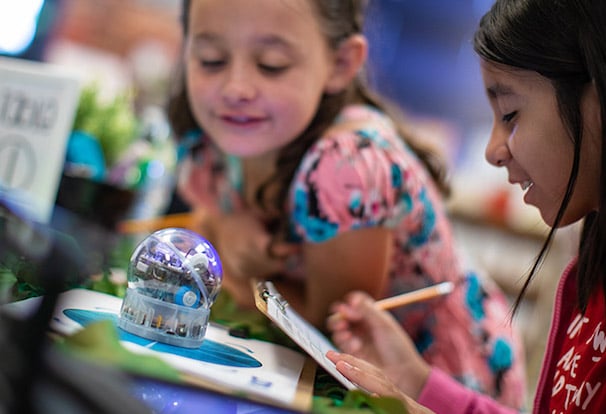
It has often been highlighted that there is a growing shortage of STEM (Science, Technology, Engineering, Mathematics) professionals in the US. Over the last decade, reports published by National Innovation Institute, National Academies study, President’s Council of Advisors on Science and Technology; all pointed towards the need to increase the STEM talent pool if America were to continue its strength in Science and Technology.
- 0 Comments
- Oct 19, 2020 10:00:00 AM
- Posted by Natalia Galvis
- Topics: Robotics, STEM, students, Technology, STEMchat, Edchat, online, lessons
Back to School: Thinking through Whole Room Disinfection in Education Facilities
As the summer months wind down and September approaches, students and faculty prepare to return to school and get back into the routine of another academic year. However, as students and teachers get back to school, they also get back to the threat of infection posed by dangerous germs and pathogens that are commonly spread in educational facilities, such as those that cause respiratory syncytial virus (RSV), rhinovirus, enterovirus D68, and methicillin-resistant Staphylococcus aureus (MRSA), among others.
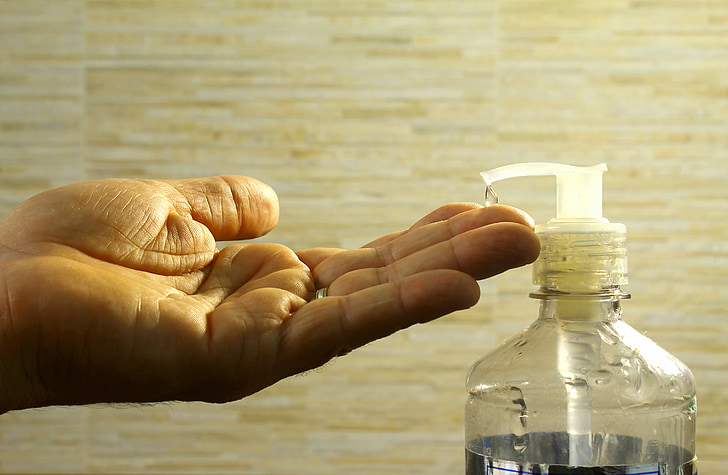 Photo credits: pickpik.com
Photo credits: pickpik.com
- 0 Comments
- Aug 12, 2020 10:00:00 AM
- Posted by Natalia Galvis
- Topics: Math, Robotics, EdTech, STEM, Robots,, students, STEMchat, Mathematics, Edchat, coronavirus, covid19
FREE Distance Learning Tool You Can Use NOW!
Hundreds of educators have contacted us in the past weeks, asking for resources to teach remote, while schools open online only, or hybrid only.
RobotLAB got you covered!
In this video, you will learn how to use Google Expeditions while being remote. It is easy, it is free, and it is full of places to go to, even if we can't physically do it.
Watch the video below and learn how to do it in three simple steps
Click on the image above, or here : https://youtu.be/QuLurF29-JE
- 0 Comments
- Aug 11, 2020 2:45:20 PM
- Posted by Natalia Galvis
- Topics: Math, EdTech, STEM, students, Expeditions, STEMchat, Mathematics, Edchat, Google Expeditions, coronavirus, Virtual Reality, covid19
Only One in Five Schools Offered 'Rigorous' Remote Learning, Study Says
.jpg?width=678&name=remote-learning-IMG%20(1).jpg) Image: iStock/Getty
Image: iStock/Getty
Only 20% of schools offered rigorous, technology-based remote instruction while school buildings were shut down this spring, according to a new report from the American Enterprise Institute, and students in K-12 districts with a majority of high-poverty or low-achieving students were less likely to receive rigorous instruction at a distance.
- 0 Comments
- Jul 2, 2020 10:00:00 AM
- Posted by Natalia Galvis
- Topics: Robotics, EdTech, STEM, Coding, Drones, Robots,, students, programming, Dobot Robotic Arm, STEMchat, Edchat
Teacher Jorg Duitsman Teaches Robotics & Engineering Courses With Dobot Magician in The Netherlands
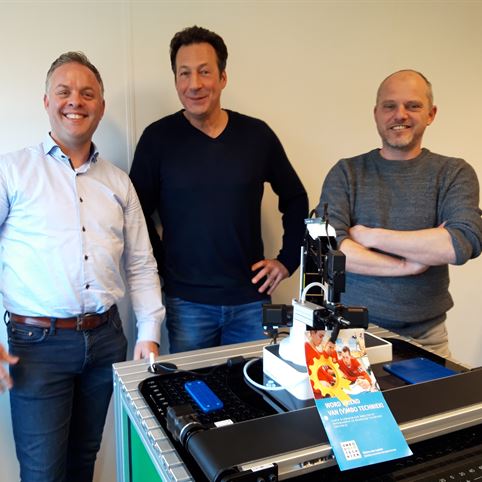
In August 2018, Jorg Duitsman started his teaching position in the departments of Mechatronics and International Engineering at Summa College. Jorg is a long-term lover of technology and maker education. Like any other technology teachers, Jorg was eager to find a better way to teach problem solving, critical thinking, and other important 21st century skills in classrooms. That’s when he started searching and found DOBOT. Later on, he purchased 20 Dobot magicians and two Dobot m1 for his school.
- 0 Comments
- Jul 1, 2020 10:00:00 AM
- Posted by Natalia Galvis
- Topics: Robotics, EdTech, STEM, Coding, Drones, Robots,, students, programming, Dobot Robotic Arm, STEMchat, Edchat
Italian Airport Deploys Robots to Protect Against Contaminants
The Milan Malpensa International Airport in Italy is a major airport that welcomes over 20 million passengers each year. Their customers' safety is crucial, especially in these unprecedented times. To help protect travelers from contaminants such as COVID-19, they've decided to implement Connor UVC robot to systematically disinfect the Airport to help prevent the virus from spreading.
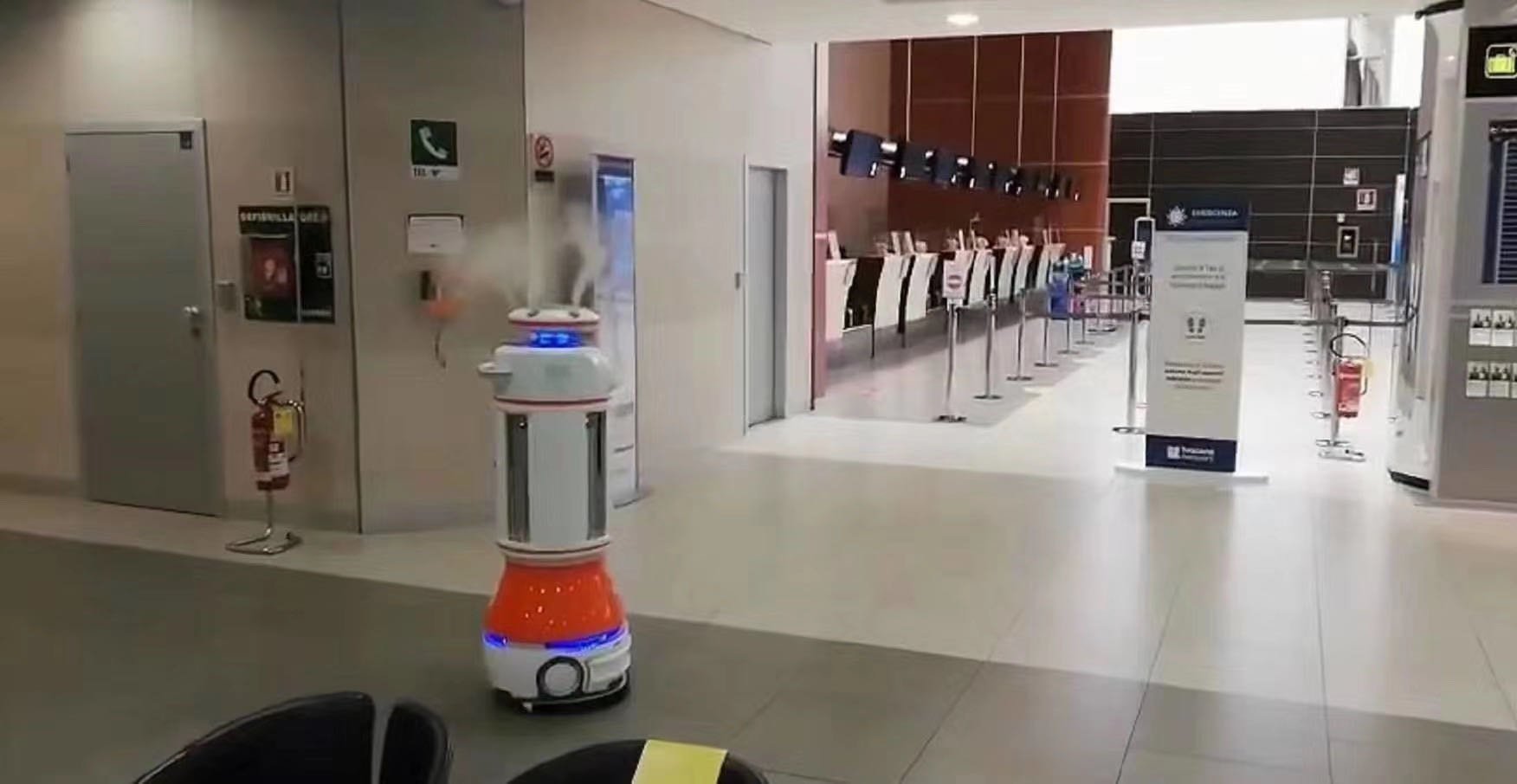
The Milan Malpensa Airport is the first Airport in Italy to deploy robots to clean and disinfect airport terminals. The Connor UVC Robots have already been tested and are actively at work targeting bacteria that are both in the air and on surfaces.
- 0 Comments
- Jun 24, 2020 10:00:00 AM
- Posted by Natalia Galvis
- Topics: Robotics, EdTech, STEM, Coding, Robots,, students, programming, STEMchat, Edchat, AI, disinfection robots
The Future Still Lies in Coding
Coding is enormous in education right now.
No wonder. Coding offers so many academic benefits that schools cannot ignore its significance. Sequential processes, computational thinking, and creative problem-solving all make up coding. It’s the new literacy in schools. There’s so much to like about coding that coding academies and boot camps are springing up everywhere.
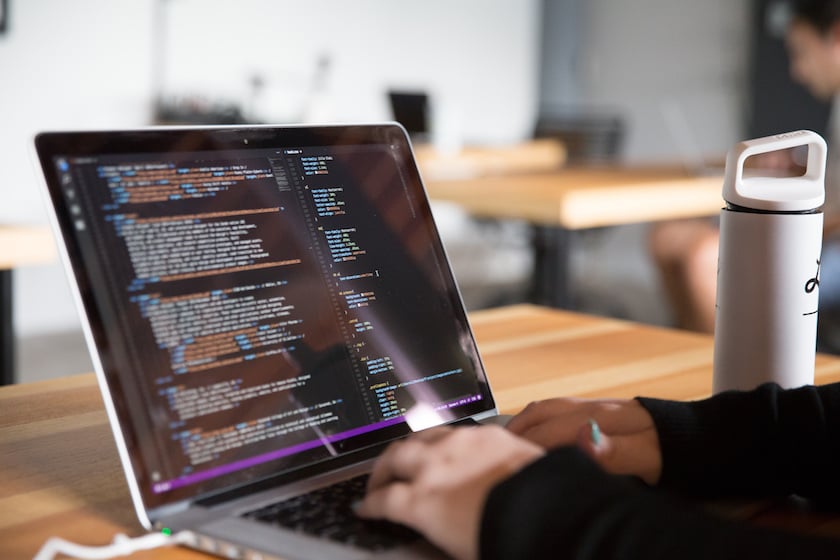
- 0 Comments
- Jun 23, 2020 10:00:00 AM
- Posted by Natalia Galvis
- Topics: Robotics, EdTech, STEM, Coding, students, programming, STEMchat, Edchat, AI
STEM, Coding, and Robotics summer ideas!
As calendar days tick by, summer are right around the corner. And with more sunshine and better conditions in sight, that means outdoor activities and camps are on the horizon.
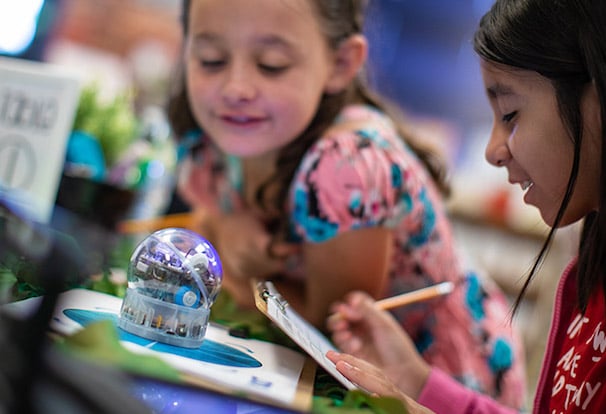
- 0 Comments
- Jun 19, 2020 10:00:00 AM
7 Roles for Artificial Intelligence in Education
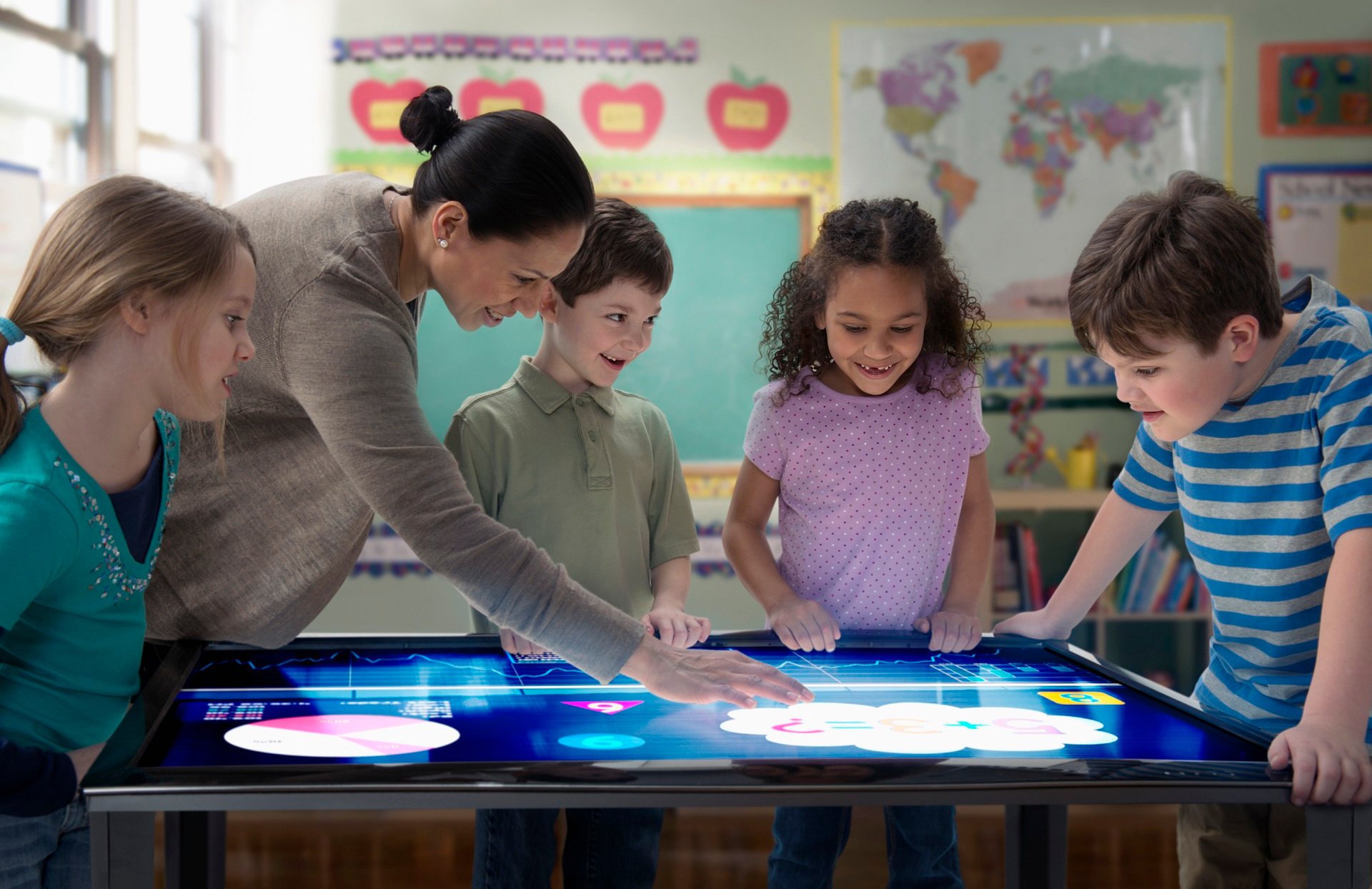
Artificial Intelligence is no longer just contained in science fiction films. It is increasingly becoming a significant part of our everyday lives. We already use tools like Siri and Amazon’s Alexa and are just beginning to see the possibilities of AI in education. And, we should expect to see more. The Artificial Intelligence Market in the US Education Sector 2017-2021 report suggests that experts expect AI in education to grow by “47.50% during the period 2017-2021.”
With the expected growth of AI in education, here is a glimpse into some of the roles it will play in the classroom.
- 0 Comments
- Jun 18, 2020 10:00:00 AM
- Posted by Natalia Galvis
- Topics: Robotics, EdTech, STEM, Artificial Intelligence, students, STEMchat, Edchat, AI, remote learning
Relevant Posts
Popular Posts
Subscribe to Email Updates
-
I Want To Learn MoreADDITIONAL INFORMATION


-1.gif?upscale=true&upscale=true&width=681&name=gif%20(3)-1.gif)
